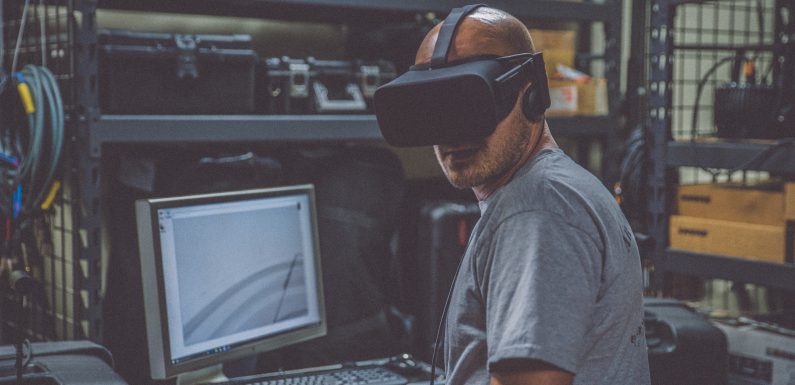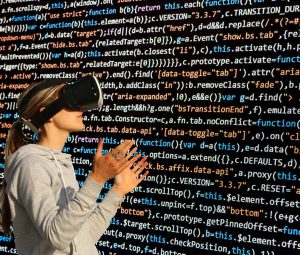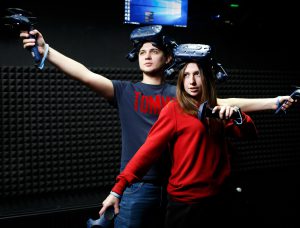
VR, while still being relatively new on the block is still pretty much used everyday by someone, whether on their phones by using headsets specifically designed to be used on phones, or much more powerful hardware which is used on desktop computers. VR is slowly creeping not only into the gaming industry, but the iGaming industry as well. There are many casinos online that offer bonuses like the Cozino Coupon Code, and in some, you can even enjoy the VR experience and feel like you are in a real casino.
The games still have to be made, what makes the process different? Here’s what you should know about VR games.
It Still Needs Everything a Regular Game Needs
 Virtual reality games are essentially not different to normal games you would play on your monitor. They still have some animations and models and textures to be rendered, including physics and interactions. Stories are also welcome as very few people spend a lot of time on a game which does not have something to offer rather than gameplay, unless the gameplay is out of this world good.
Virtual reality games are essentially not different to normal games you would play on your monitor. They still have some animations and models and textures to be rendered, including physics and interactions. Stories are also welcome as very few people spend a lot of time on a game which does not have something to offer rather than gameplay, unless the gameplay is out of this world good.
You would require textures and models for which you need artists. You would require sound and a soundtrack, for which you need artists, but a different kind. You will need to know programming or hire people who know how to code.
It would be beyond beneficial to have the actual devices to test the games on. Other than that, building a game from scratch takes a lot more time and money, and effort, so using already existing engines is something many developers resort to. Unity and Unreal Engine 4 are the most common choices, if they already do not have/own a proprietary engine of their own.
Skyrim VR has its own engine and was found by fans to be either very good and fun in its own right or downright terrible.
How VR Works
You view your game through a headset, and usually see your hands in game, a weapon or sometimes your feet and legs, as well. Whether by head tracking or movement tracking, or a combination of both, the cameras and angles in your headset change accordingly. All of these tracking options are enabled by different sensors, some on the device itself, meaning the headset, while the movement tracking ones are often somewhere whey they can get a full picture of your body.
 Eye tracking is the new standard to be reached in virtual reality technology, yet it is still quite novel and yet to be even close to widely available (at a decent price).
Eye tracking is the new standard to be reached in virtual reality technology, yet it is still quite novel and yet to be even close to widely available (at a decent price).
The problems VR runs into is when your hardware cannot render things at a consistent framerate. Note that this does not mean having an average of 90 frames per second, even though that is considered a minimum in order to avoid nausea. No, this means that it should be delivering 90 frames per second consistently, with no stutters at all. Stutters in virtual reality are a recipe for visiting your bathroom rather than having fun.
This is how people make virtual reality games and it is more difficult than regular games as you have to take in account a variety of sensors and other data and code it accurately for a playable and enjoyable experience.


